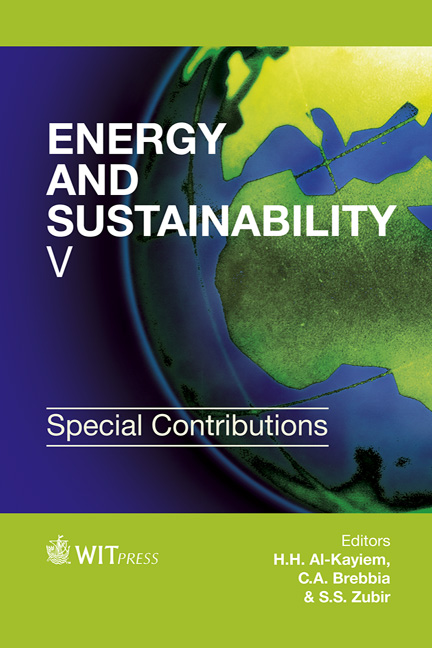Screening Of Hydrogen Bond Acceptor For The Synthesis Of Low Transition Temperature Mixtures With Malic Acid
Price
Free (open access)
Transaction
Volume
206
Pages
7
Page Range
229 - 235
Published
2015
Size
250 kb
Paper DOI
10.2495/ESS140201
Copyright
WIT Press
Author(s)
C. L. Yiin, S. Yusup, A. T. Quitain, Y. Uemura
Abstract
Biomass exploitation emerges to be the most probable and practical alternative in solving the global depletion of fossil fuels. Nevertheless, the components in lignocellulosic biomass are assembled in a complex three-dimensional structure which leads to difficulty in hydrolyzation and resistance against chemicals. In this context, low transition temperature mixtures (LTTMs) tend to be the promising green solvents to delignify lignocellulosic biomass. This research focused on customizing the physicochemical behaviour of LTTMs by a prudent selection of hydrogen bond acceptor (HBA) in which malic acid is used as the hydrogen bond donor (HBD). LTTMs with carbohydrates as HBA could be formed in the temperature range of 60 to 100°C. On the other hand, LTTMs with organic and inorganic salts as HBA could only be formed in the temperature range of 100 to 180°C. Besides, no crystallization of starting materials was observed for LTTMs prepared from carbohydrates when they are cooled to room temperature. This phenomenon was due to the hydrogen bonding and van der Waals interactions formed between the starting materials. Based on Fourier transform infrared spectroscopy (FTIR) analysis, the representative peak of carboxylic acid group of malic acid turned broader. The peaks involved in the H-bonding as a result of the formation of LTTMs shifted and became broader by the combination of malic acid and carbohydrates.
Keywords
hydrogen bond acceptor, hydrogen bond donor, low transition temperature mixtures (LTTMs), Fourier transform infrared spectroscopy, hydrogen bond





